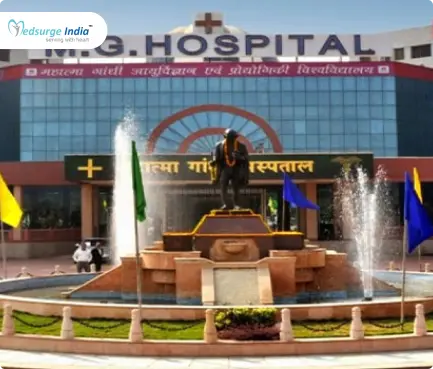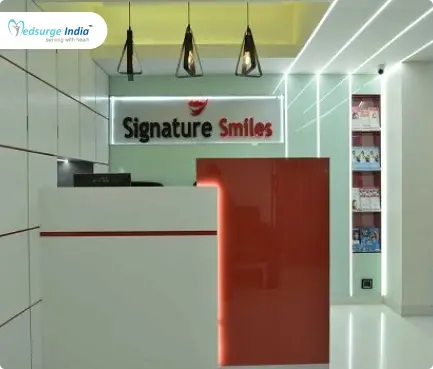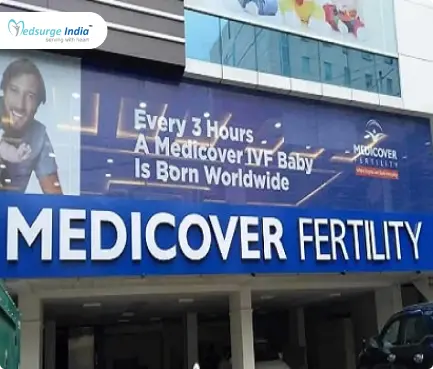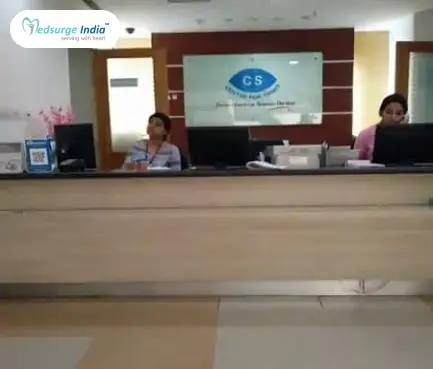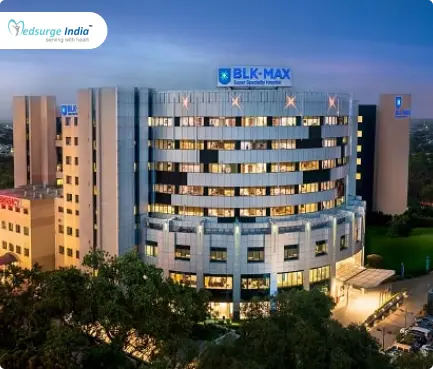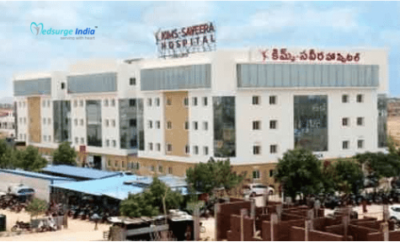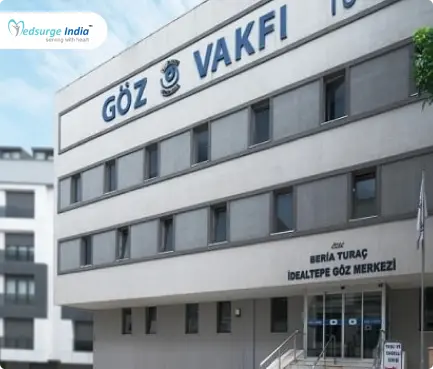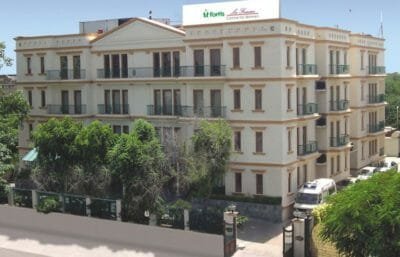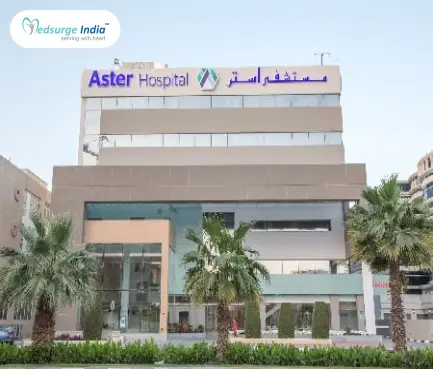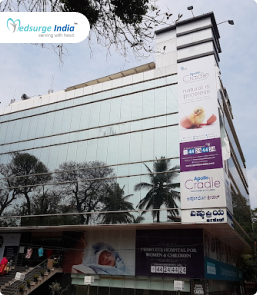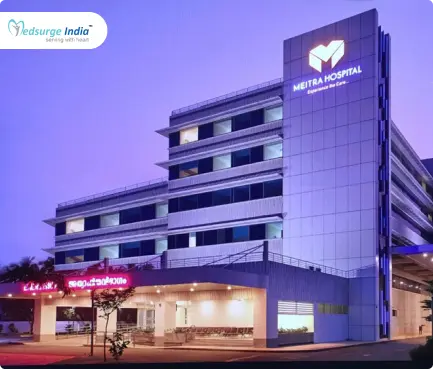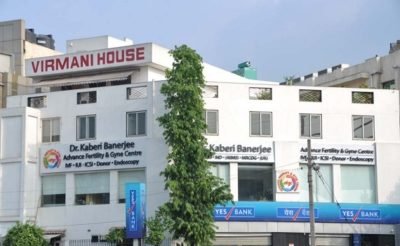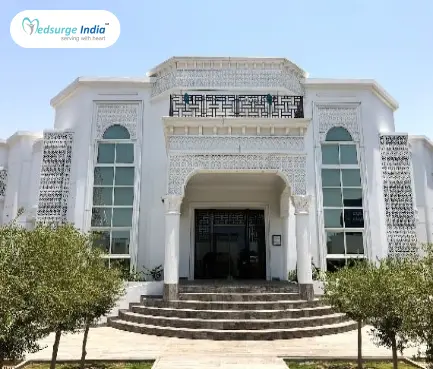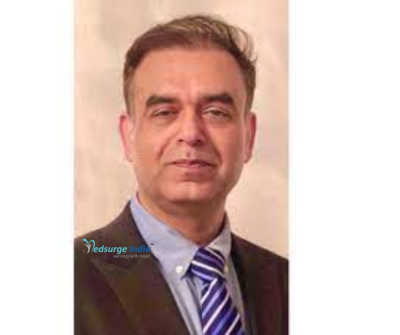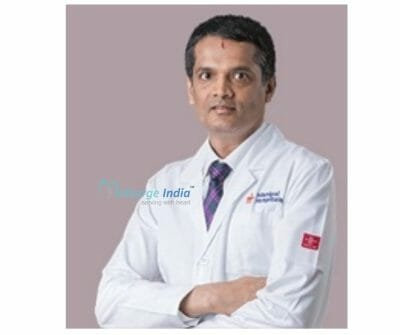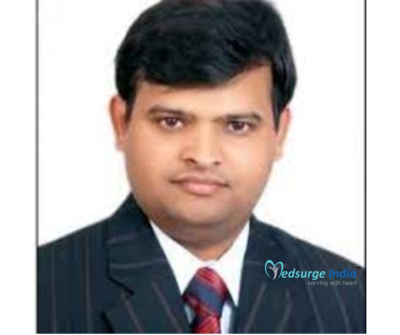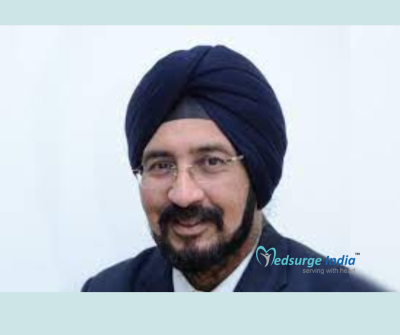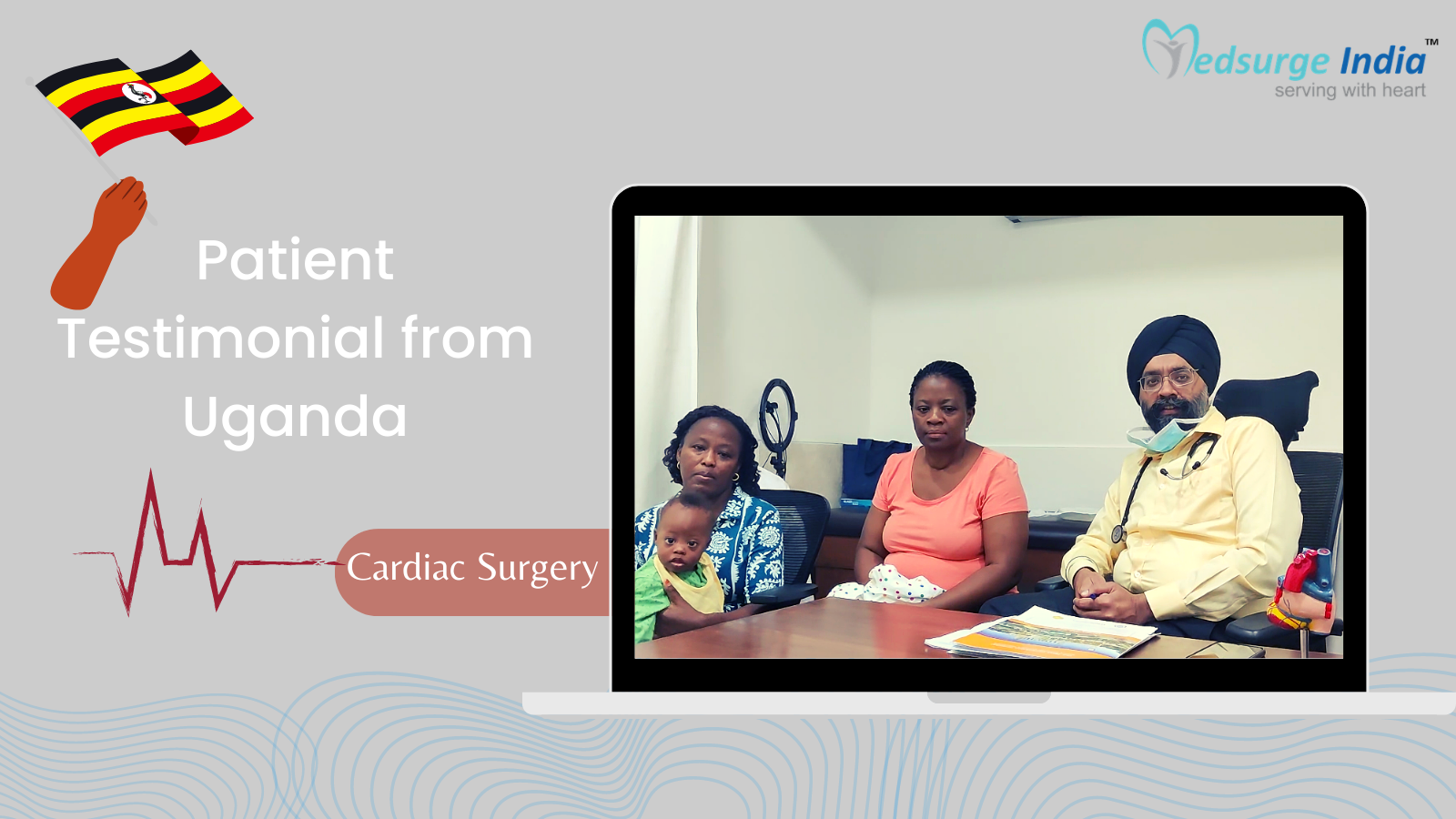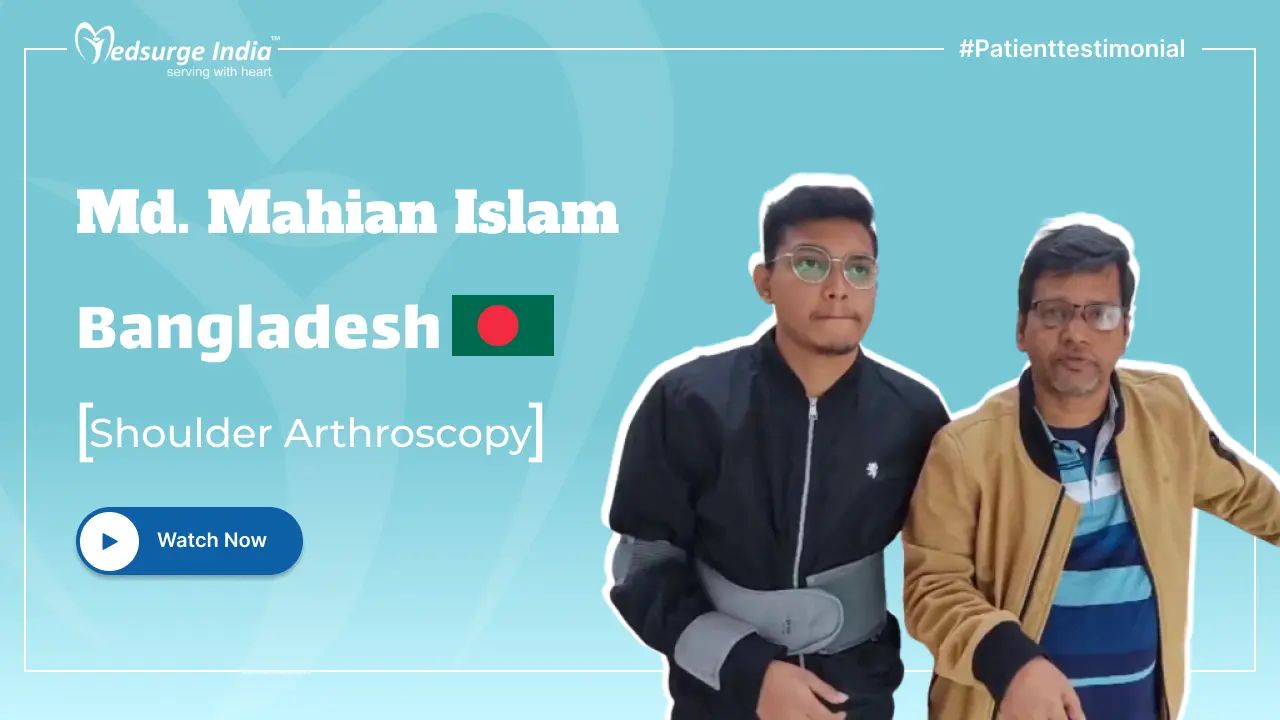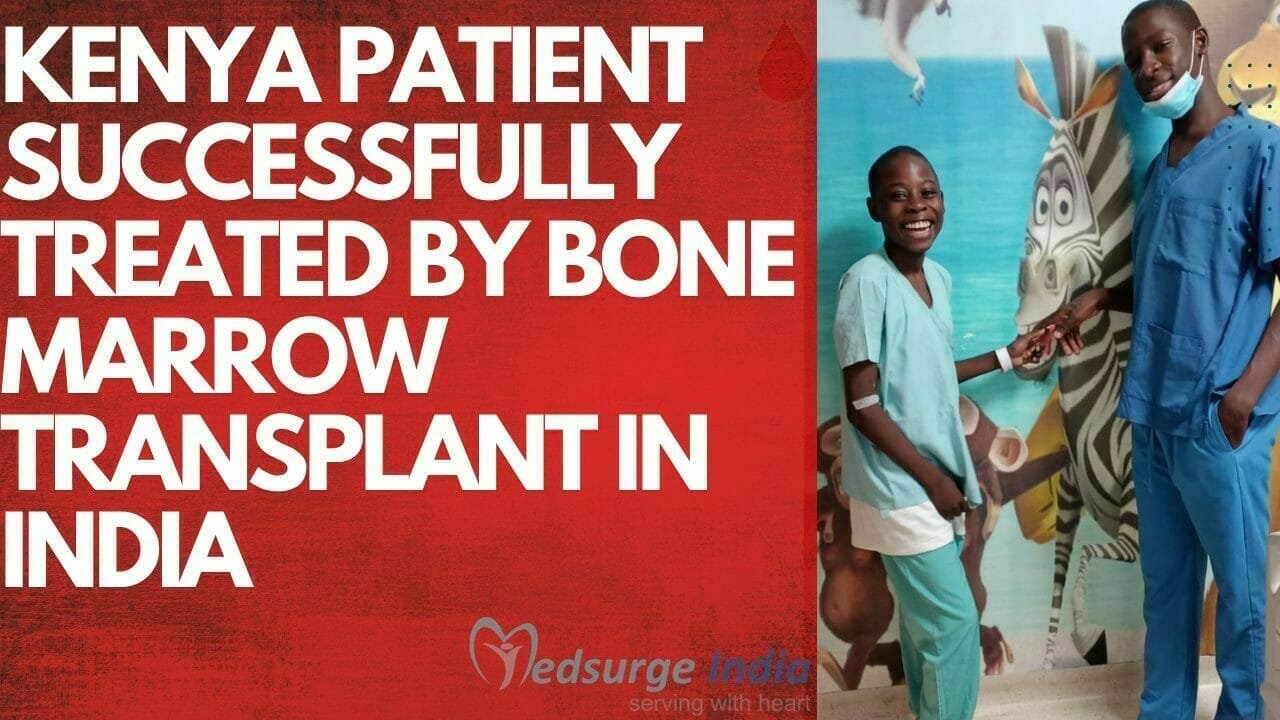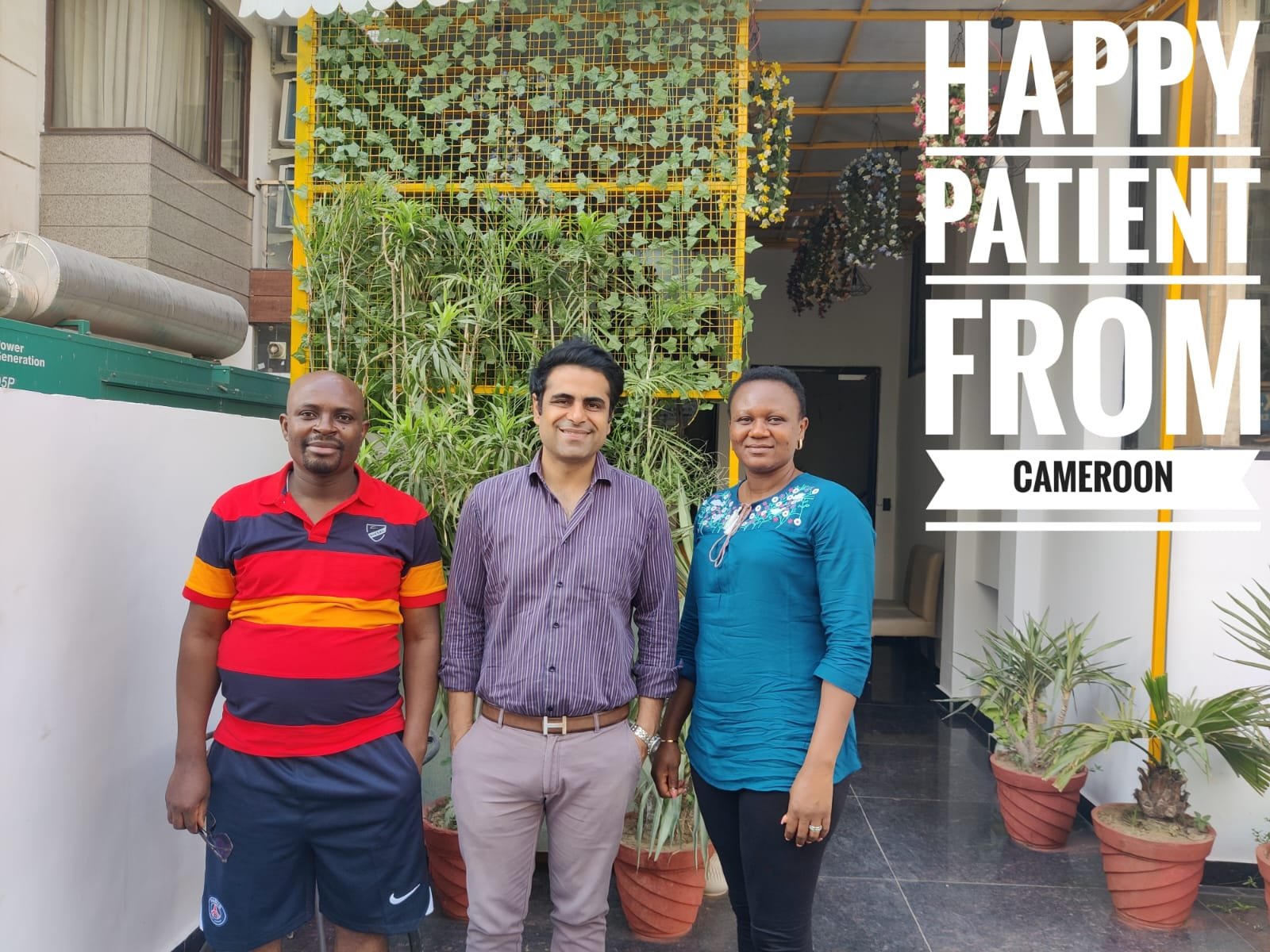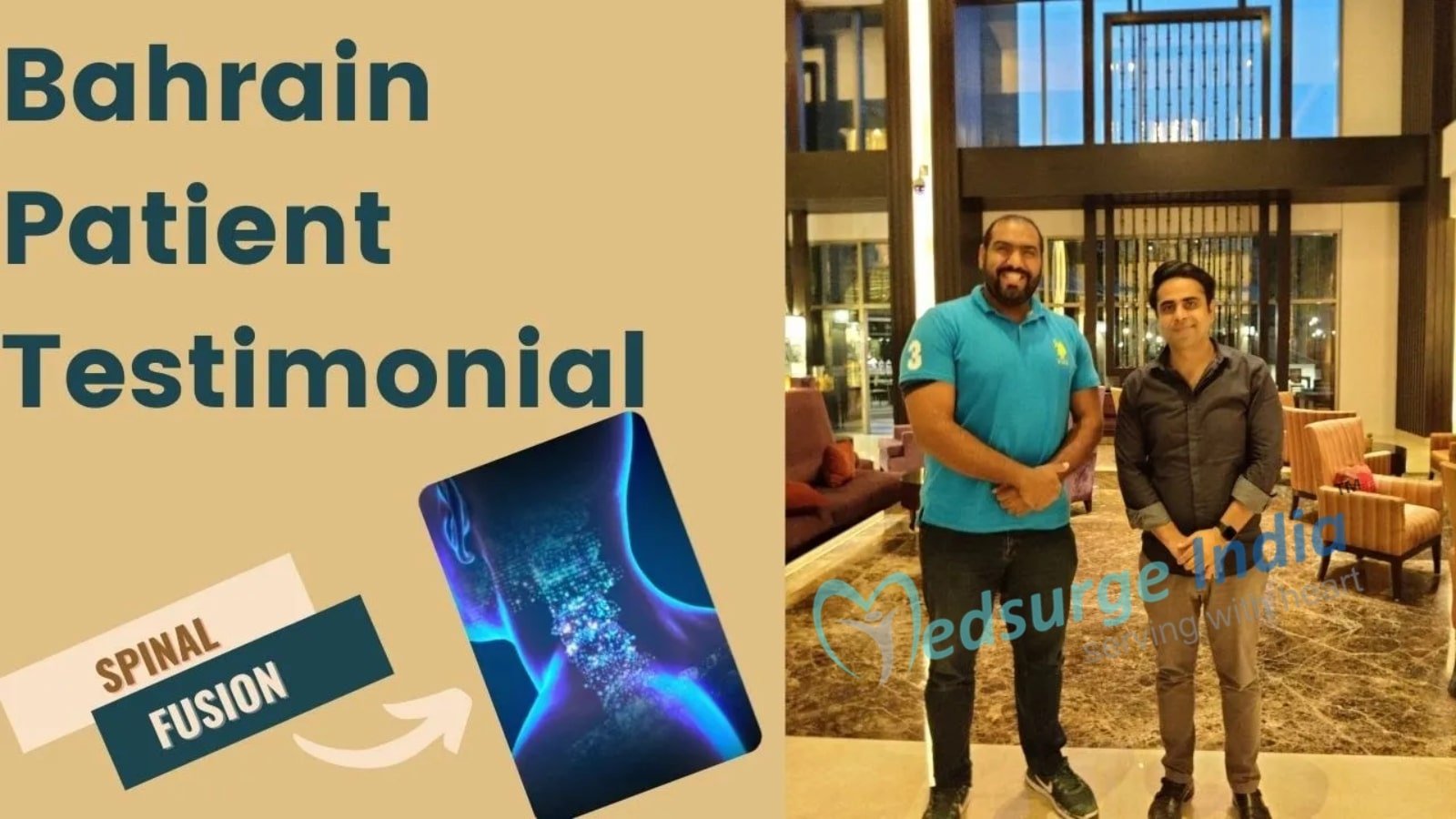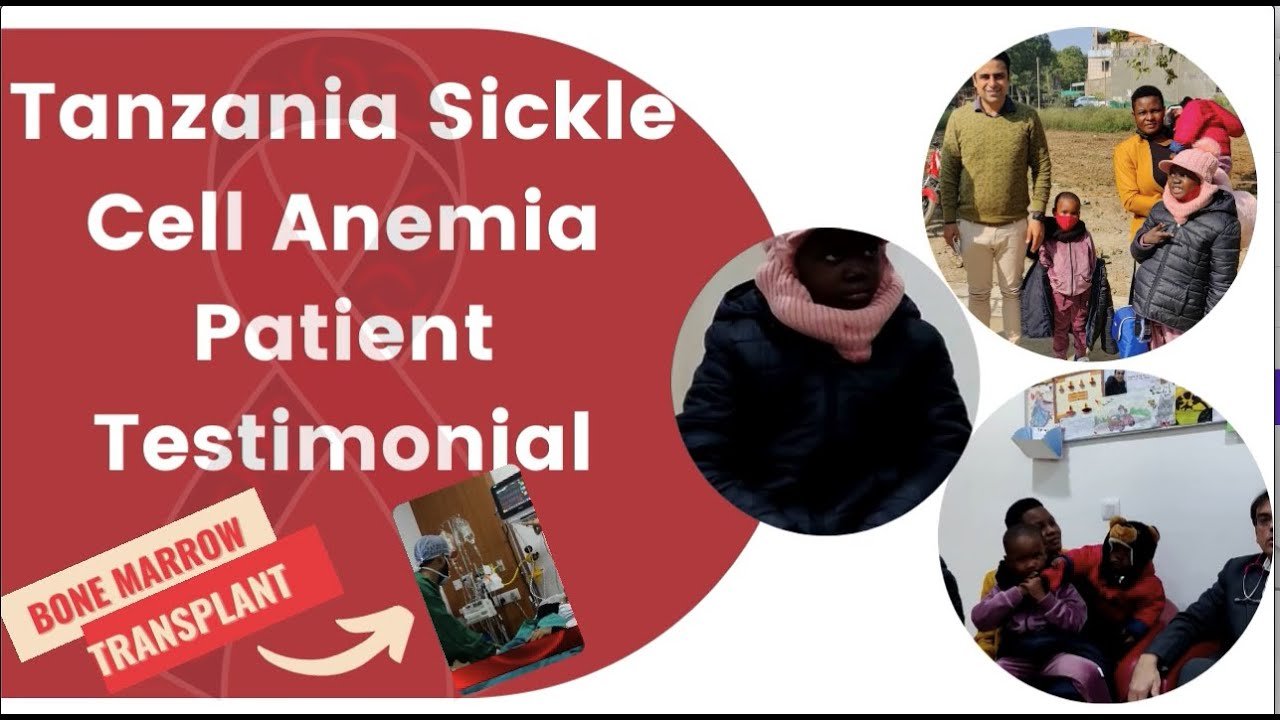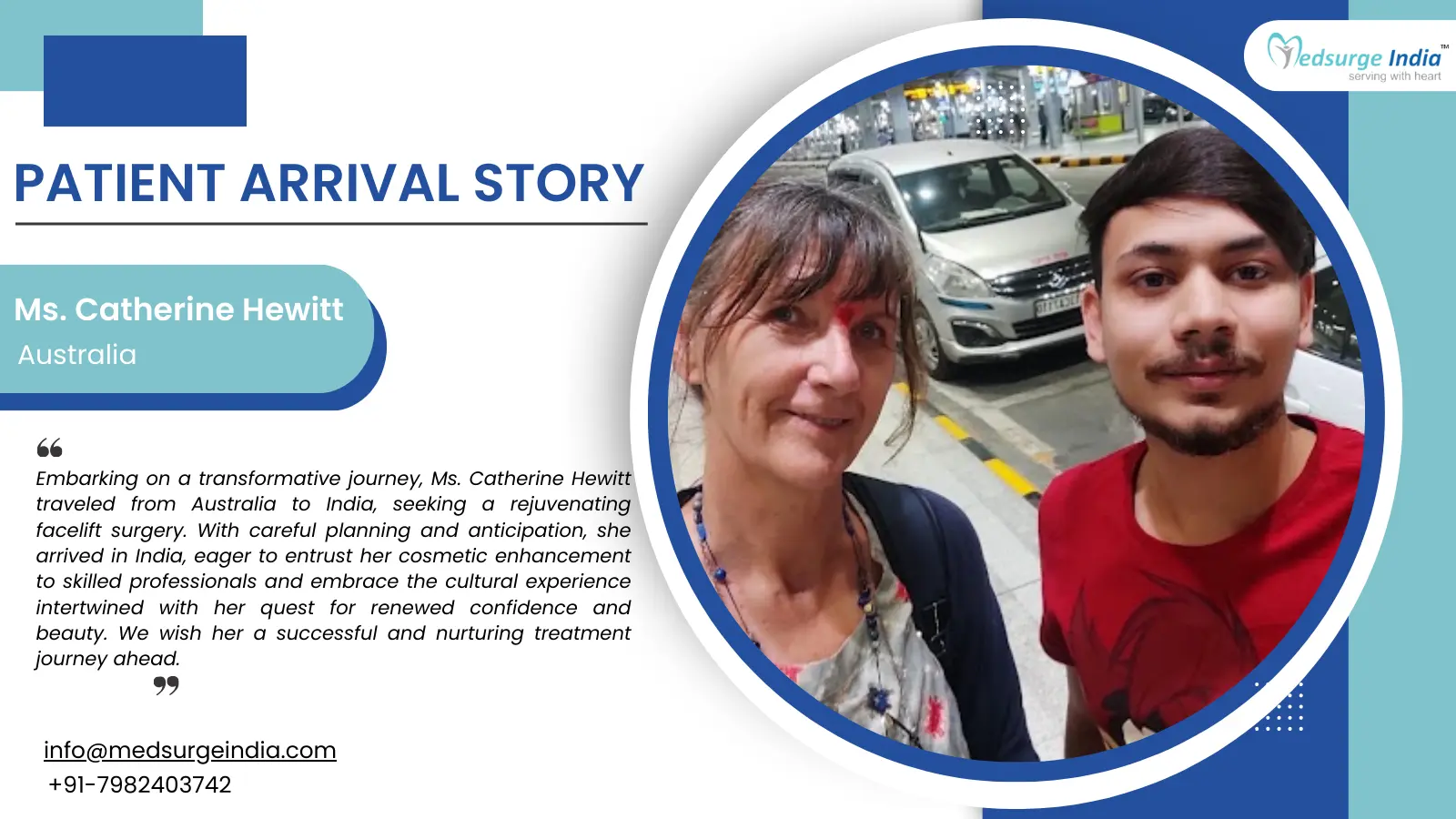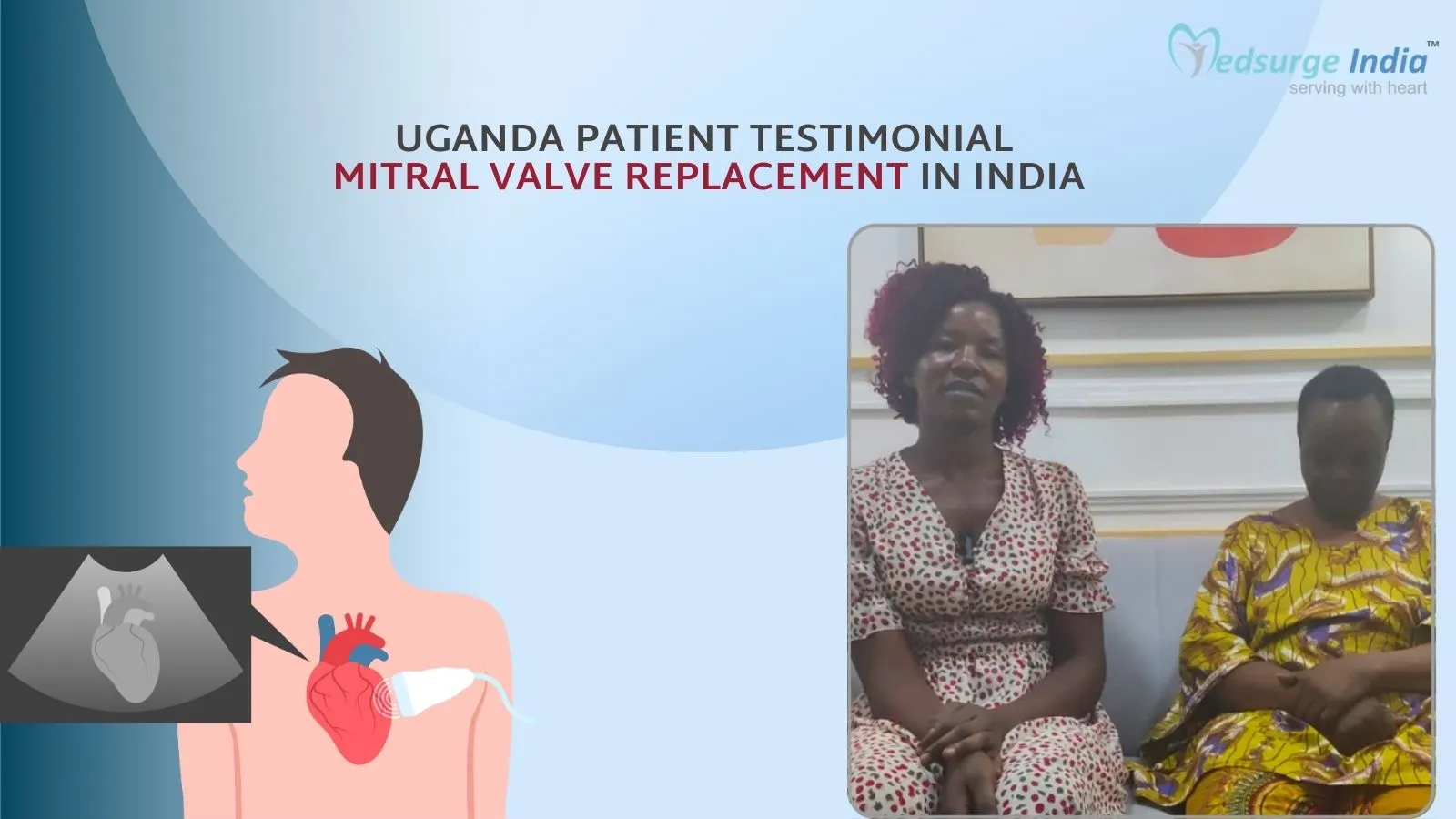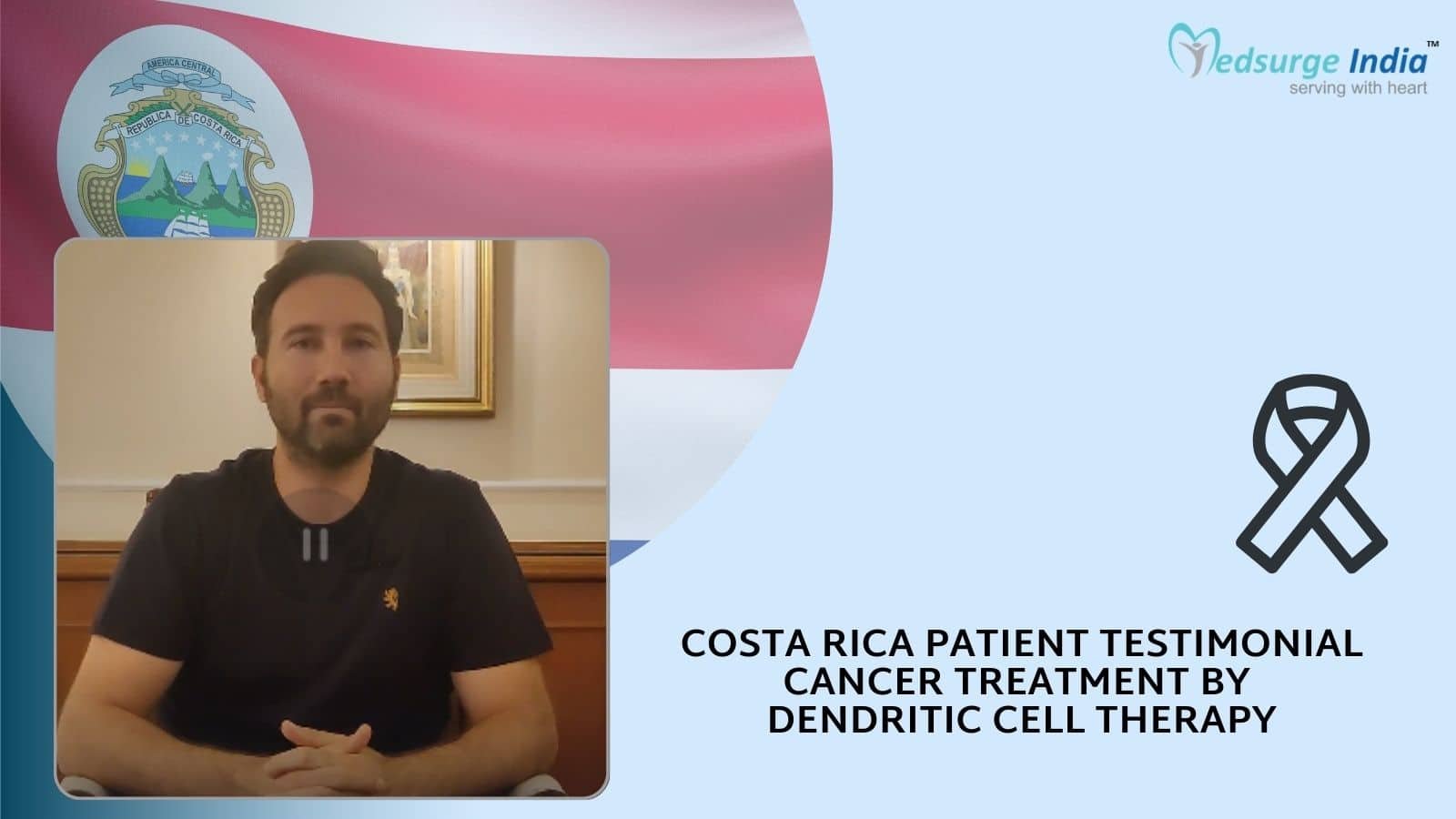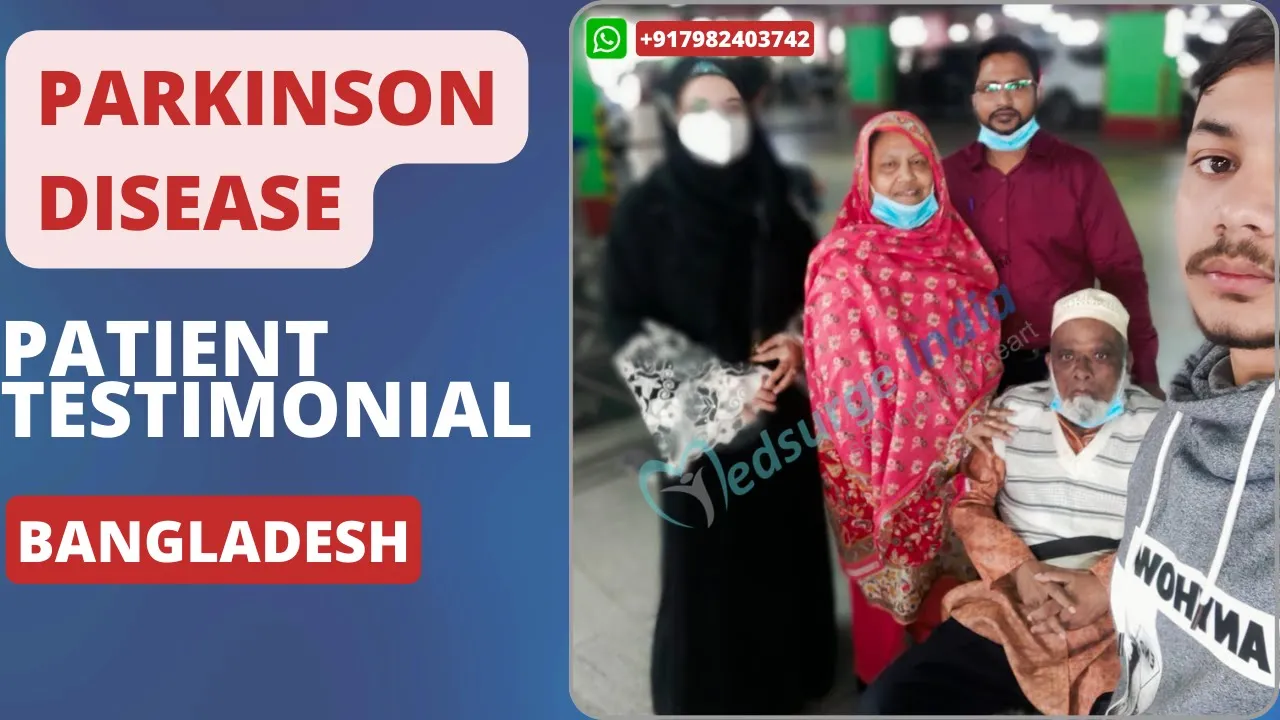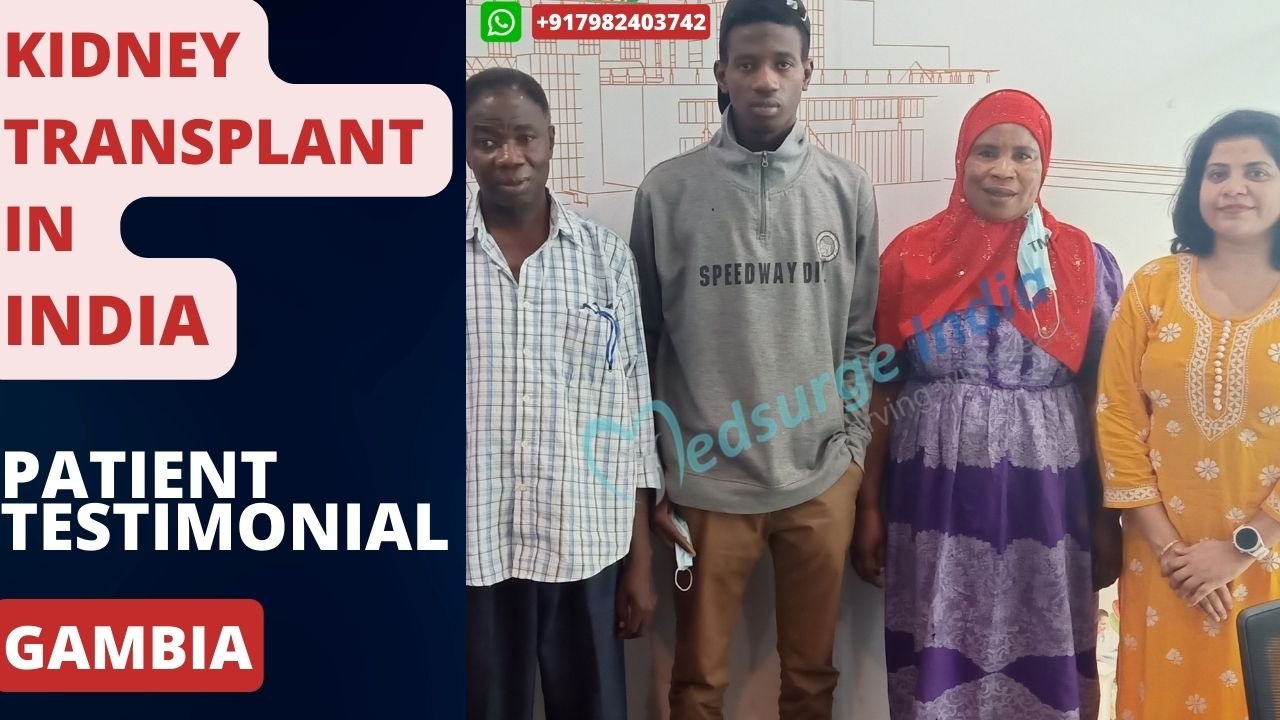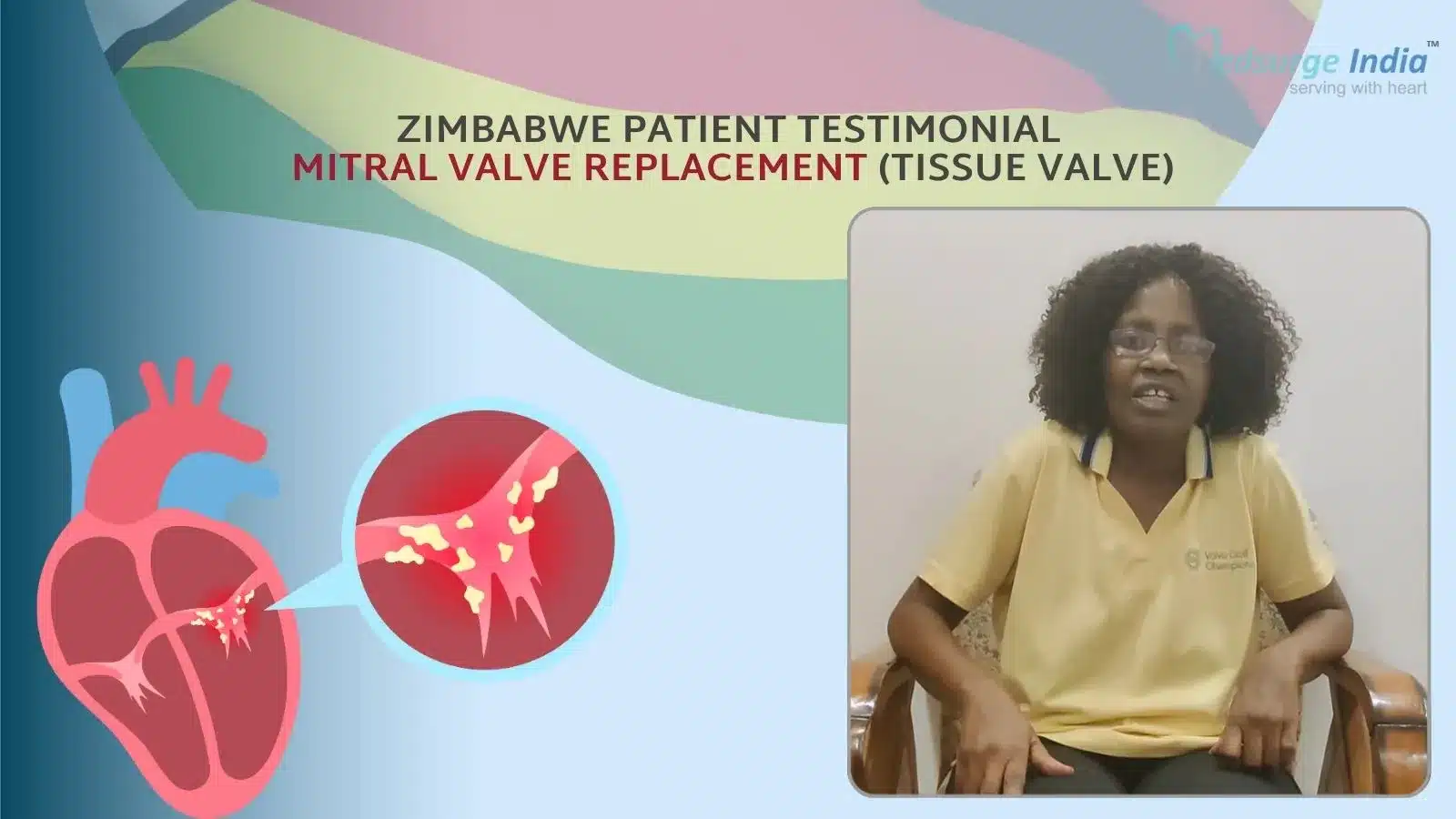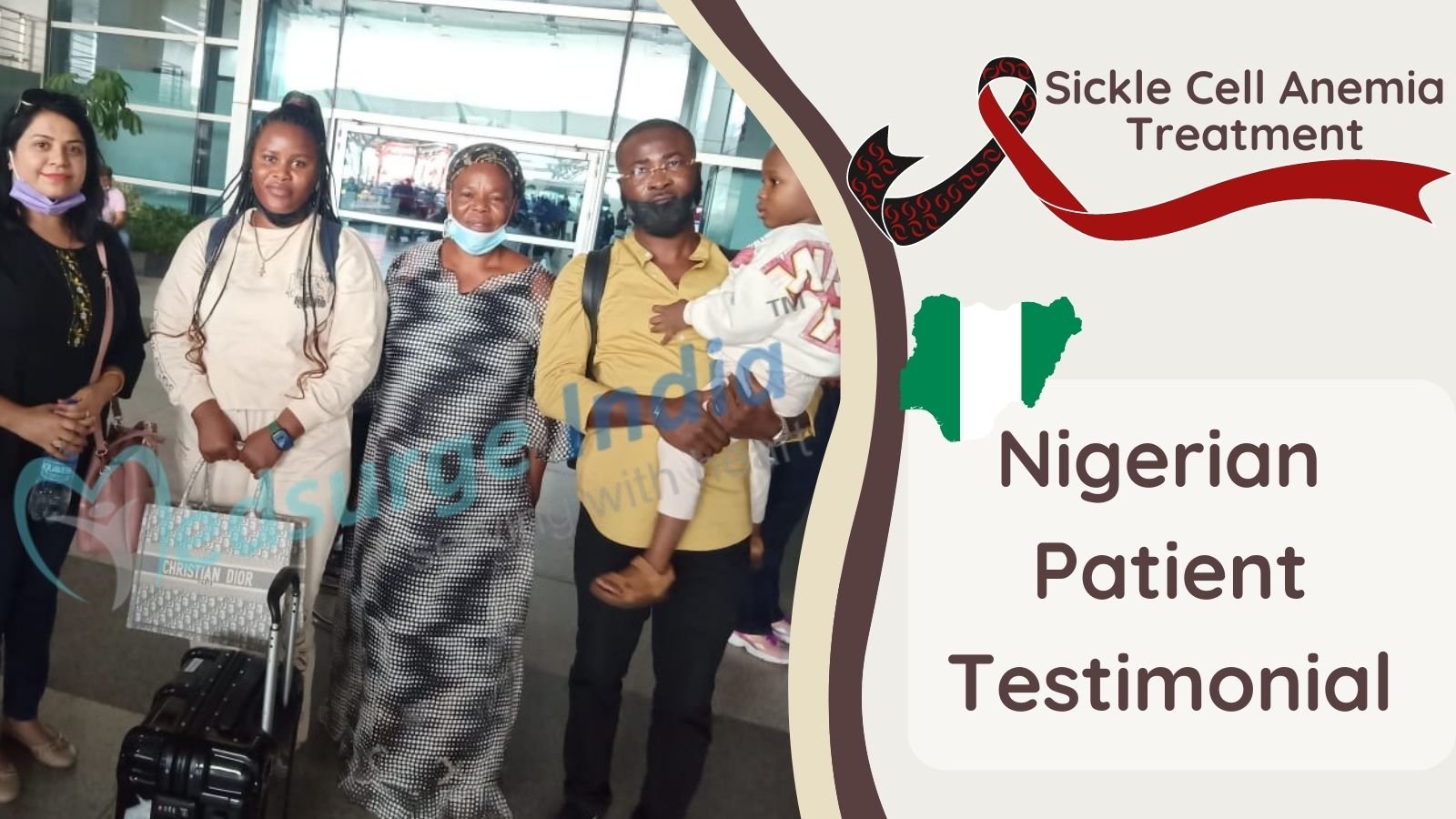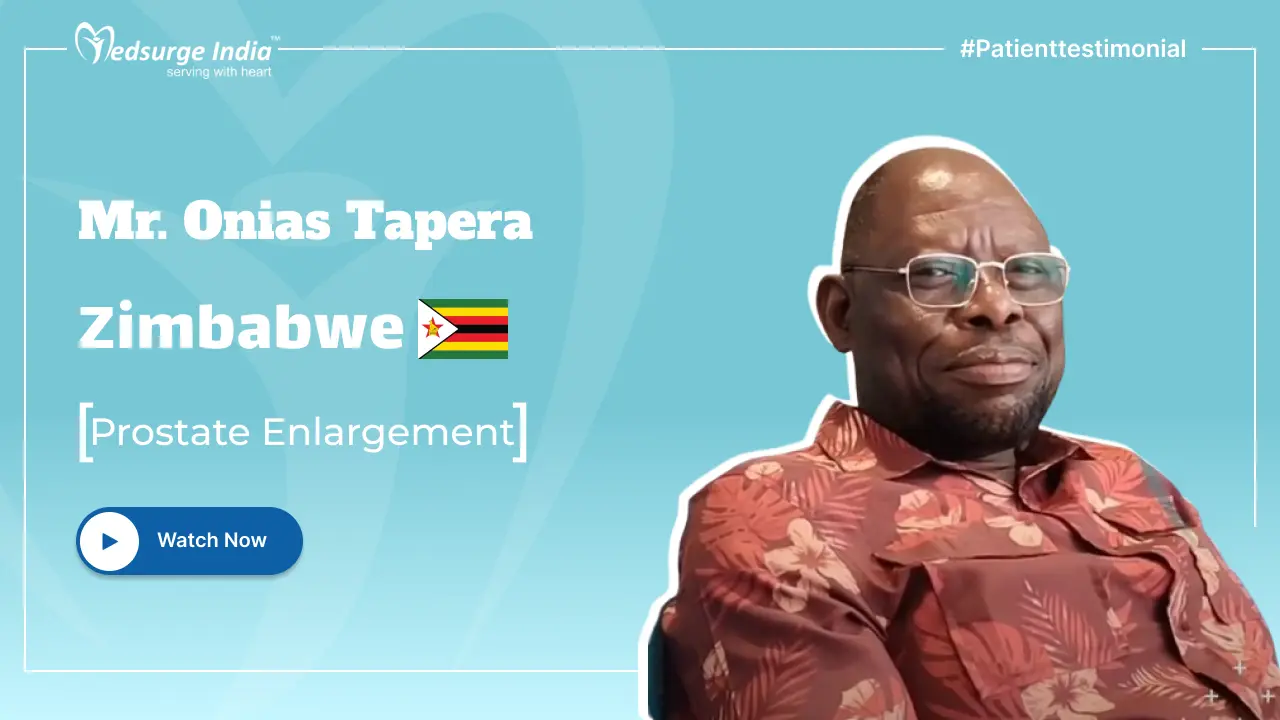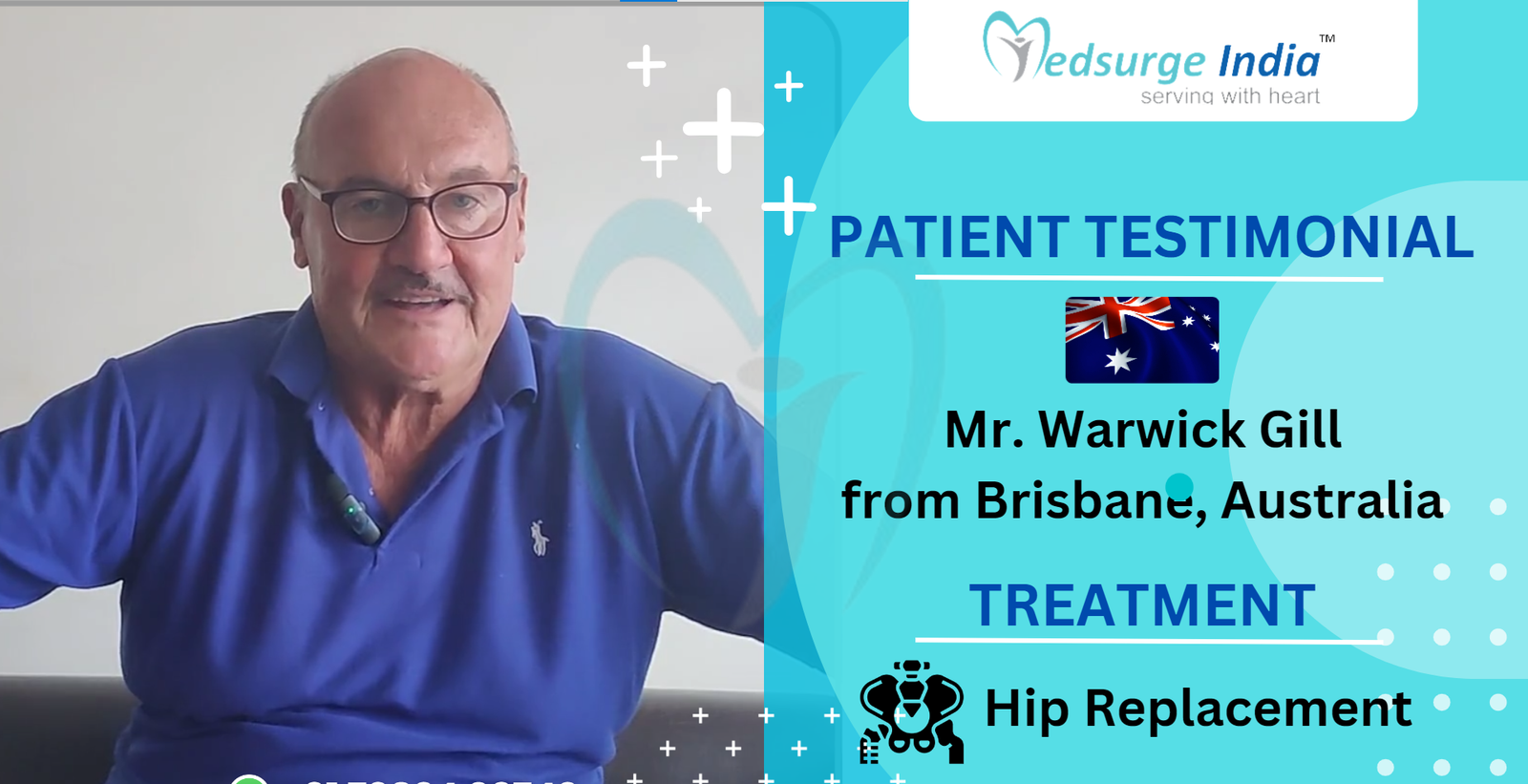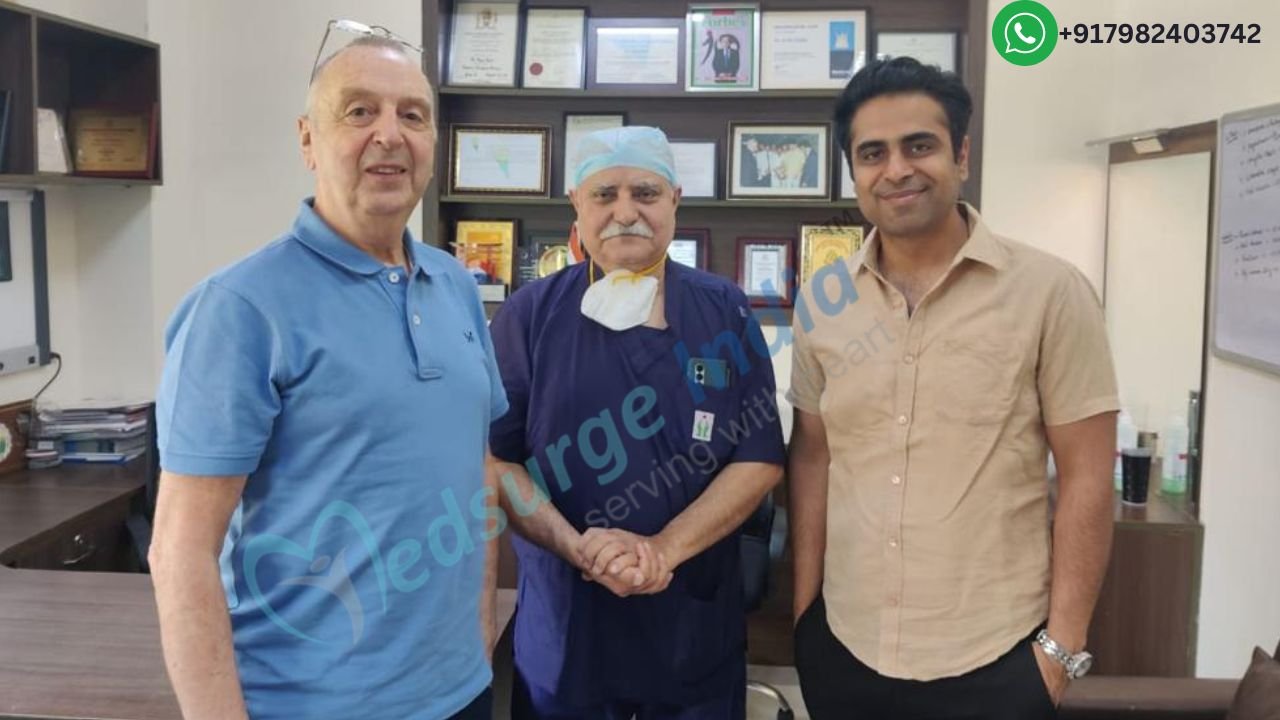
Patients whose curvatures continue to worsen and non-operative treatments do not reduce discomfort or symptoms may benefit from kyphosis correction surgery. Pain relievers, physiotherapy, and braces are examples of non-operative treatments. Kyphosis is most commonly found in the thoracic spine. However, it can also occur in the cervical and lumbar spines. Kyphosis treatment varies depending on where it occurs in the spine and how severe it is. When the curves on x-rays measure more than 60° to 70° degrees and create severe pain, digestion, or breathing problems, surgery is frequently advised. Patients whose kyphosis causes compression of the spinal cord or nerves may benefit from surgery.
Aside from that, kyphosis can affect a child or an adolescent, however, the reason is different. Scoliosis develops in children as a result of the wedging of spinal bones during their growing period. Mild kyphosis has no noticeable symptoms, but the effects of an acute spinal issue can cause excruciating pain and damage the patient’s appearance.
The treatment of kyphosis patients is entirely dependent on a number of factors, including:
- The patient’s age
- The causes of the kyphosis condition
- The consequences of kyphosis
- Other symptoms due to kyphosis disorder
What Is Kyphosis?
When viewed from behind, a typical spine appears straight. A spine damaged by kyphosis, on the other hand, exhibits indications of a forward curving of the backbones (vertebrae) in the upper back area, giving the impression of an excessively rounded or “humpback.”
On an X-ray, a diagnostic exam that uses invisible electromagnetic energy beams to produce images of internal tissues, bones, and organs on film, kyphosis is defined as a curvature of the spine measuring 50 degrees or greater. In the upper back area, the normal spine can bend from 20 to 45 degrees of curvature. A type of spinal malformation is kyphosis and they have different types as mentioned below:
- Postural Kyphosis
- Scheuermann’s Kyphosis
- Congenital Kyphosis
What Are the Symptoms of Kyphosis?
- The appearance of bad posture with a hump appearance on the back, or “hunchback,” is the most common symptom of kyphosis.
- Back discomfort, muscle weariness, and stiffness in the back are all possible symptoms. Most of the time, these symptoms are very consistent and do not get worse with time.
- In more serious cases, the patient may realize that their symptoms are getting worse with time. The kyphosis might worsen, resulting in a more pronounced hunchback. This can cause compression of the spinal cord, resulting in neurologic symptoms such as weakness, loss of feeling, or loss of bowel and bladder control in rare situations.
- Severe cases of thoracic kyphosis can also restrict chest space, causing cardiac and pulmonary difficulties such as chest tightness or shortness of breath, as well as pulmonary and/or heart failure.
What Are the Causes of Kyphosis?
The type of kyphosis determines the cause:
- Postural: Poor posture, slumping back in chairs, and carrying large bags.
- Scheuermann’s: A structural problem with the spine.
- Congenital: A problem with the spine that develops before birth.
Other causes of Kyphosis include:
- As people get older, their spines begin to bend more.
- Injury to the spine.
Kyphosis Surgery Cost in India
Kyphoplasty is a minimally invasive treatment that repairs vertebral compression fractures in the spine. The cost of Kyphosis Surgery in India starts from USD 7000.
It is important to note that the provided amount is the sole price that applies to the treatment; additional fees may be imposed depending on a variety of factors.
Kyphosis Surgery Cost in Different Cities in India
| Cities | Starting Prices |
| Delhi | USD 7000 |
| Mumbai | USD 7200 |
| Kolkata | USD 7000 |
| Hyderabad | USD 7000 |
| Chennai | USD 7100 |
| Gurgaon | USD 7200 |
| Noida | USD 7000 |
| Bangalore | USD 7400 |
Factors That Can Affect Kyphosis Surgery Cost in India
There are several factors that can affect the cost of Kyphosis Surgery in India Here are some of the factors that can affect Kyphosis Surgery Cost in India:
- Medication costs: Ceratin medication can influence the overall cost of the treatment.
- Patient Condition: The complexity of the patient’s overall health can affect the duration of treatment, impacting the cost.
- Duration of treatment: Longer treatment courses can prolonged medication regimens lead to higher cumulative costs.
- Geographical location: Cost can vary widely depending on the region in India.
- Hospitalization expenses: The length of hospital stay and the level of nursing care required by the patient can add to the treatment expenses.
- Government policies and subsidies: Government healthcare schemes and subsidies can reduce out-of-pocket expenses for patients, affecting the affordability of the treatment.
- Medical tourism packages: Curated packages for international patients can include various services at a bundled cost, influencing the overall expense of treatment in India.
- Hospital reputation and infrastructure: Prestigious hospitals with state-of-the-art facilities may charge more for their services.
- The expertise and experience of medical professionals: Orthopedic surgeons with extensive experience and recognition often command higher fees, contributing to the treatment cost.
- The type and frequency of diagnostic procedures: Regular monitoring through advanced imaging and laboratory tests can increase treatment costs due to the high price of these diagnostic methods.
- The choice of treatment modality: Opting for newer and more advanced treatment like robotic surgery can cause the cost of the treatment.
For Kyphosis Surgery Cost in India, the country offers exceptional medical services and facilities to patients who come for treatment. Furthermore, the facilities in India rival those of well-known healthcare centers worldwide. Accommodation, meals, and transportation expenses are also covered.
How Is Kyphosis Diagnosed?
Depending on your indications and symptoms, you may need to do the following diagnostic tests for kyphosis surgery:
- X-rays: Plain X-rays are used to measure the degree of curvature and can detect vertebral abnormalities, which aids in determining the type of kyphosis.
- CT scan: If more information is needed, your doctor may prescribe a CT scan, which combines X-ray pictures from multiple angles to create cross-sectional images of interior structures.
- Magnetic resonance imaging (MRI): It is a type of imaging your doctor detects a tumor or infection, an MRI of your spine may be ordered. MRI produces comprehensive images of both bone and soft tissues using radio waves and a powerful magnet.
A physical examination of the spine will be performed by a healthcare provider. The “Adam’s forward bend test” may be requested of you (or your child). Bend forward with your feet together, knees straight, and arms hanging free. This test allows the provider to see if there is a curve in the spine or if there are any other issues with the spine, such as scoliosis (a sideways curve of the spine).
A spine X-ray may be used to determine the curve of the spine. Between 20 and 45 degrees is the natural curve. If the curvature is larger than 50 degrees, kyphosis is diagnosed.
Read More – Spine Decompression Surgery Cost in India
Get Free Cost Estimation
Procedure
What Is the Treatment Option Available for Kyphosis?
Nonsurgical therapies for postural kyphosis may be recommended by doctors. If the curve is less than 75 degrees, nonsurgical methods can also help Scheuermann’s kyphosis.
There are several options of treatment for kyphosis available, including:
- Monitoring the curve: Regular X-rays during the adolescent years are used to track the curve’s evolution.
- Physical therapy: It can help reduce discomfort and improve posture by strengthening the abdomen and back muscles. Stretching tight hamstrings and strengthening other parts of the body are possible with various workouts.
- Analgesics: Anti-inflammatory drugs can help with back discomfort.
- Back brace: In rare situations, your doctor may advise you to wear a back brace. It’s especially common in youngsters with Scheuermann’s kyphosis who are still growing. Your doctor will talk to you about the sort of brace you should get and how long you should wear it each day.
Surgery can help if kyphosis causes severe pain or other symptoms that are interfering with your life. The curvature of the spine can be reduced surgically to alleviate symptoms. People with the following conditions may benefit from spine surgery:
- Kyphosis is a condition that is present at birth.
- With a curvature of more than 75 degrees, Scheuermann’s kyphosis.
- Even after attempting nonsurgical treatment, severe back pain persists.
Spinal fusion surgery is the most common kyphosis correction surgery. Your surgeon will do the following during this procedure:
- The vertebrae are aligned in a more upright position.
- Fills the gaps between the vertebrae with little fragments of bone to hold them together.
- The vertebrae fuse or join together as they heal. This technique lessens the harshness of the curve in order to better support your body. It keeps the curve from deteriorating.
Kyphosis Surgery Before and After
Using minimally invasive robot-guided spine surgery, kyphosis correction surgery can be performed. Before entering the operating room, our surgeons can use this cutting-edge technology to build and plan an individualized blueprint of the patient’s procedure based on their specific anatomy.
The implantation of screws and rods that work together to rectify the spinal deformity and stabilize the spine is part of this surgical treatment. The spine will eventually fuse together as one complete component in a new, more normal posture. By treating the patient’s deformity and limiting additional curve advancement and symptom worsening, the patient’s quality of life can be improved.
Conclusion
Excessive curvature of the spine is known as kyphosis. It gives you a “hunchback” appearance and can make you self-conscious. Although you may not be in pain, if the curve worsens, it can cause pain, stiffness, and other issues. Regular X-rays to monitor the curve, physical therapy, and, in some circumstances, a back brace may be used to treat postural kyphosis and Scheuermann’s kyphosis. Spinal fusion surgery can reduce pain and rectify the curvature in people with congenital kyphosis (including severe Scheuermann’s kyphosis).
The Most Important Frequently Asked Questions
Q: How Successful Is Kyphosis Surgery?
A: The major goal is to restore the injured vertebrae to their natural height, stop the kyphosis from progressing, stable the bone, and relieve discomfort. Both vertebroplasty and kyphoplasty are effective in reducing the pain of fractured vertebrae in roughly 80% to 90% of cases.
Q: Can You Fix Kyphosis Without Surgery?
A: In truth, postural kyphosis can be readily remedied with good posture education and retraining on how to sit and stand properly. Casting, bracing, and exercise are not required for treatment. Strengthening the back muscles, on the other hand, can aid inappropriate posture.
Q: What Is the Best Treatment for Kyphosis?
A: The treatment for kyphosis entails correcting the curvature, strengthening the bones as needed, and relieving any pain. Over-the-counter drugs comprising acetaminophen, ibuprofen, or naproxen sodium are usually enough to keep minor kyphosis-related back pain at bay.
Q: What Is Kyphosis Surgery?
A: The following are some of the most common kyphosis surgeries: An osteotomy is a procedure in which bone is sliced to fix angular abnormalities. The ends of the bones are straightened and left to recover. An osteotomy may be used with spinal instrumentation and fusion to stabilize the spine during recovery.
Q: Is Kyphosis Reversible?
A: Slouching is the most common cause of postural kyphosis, which is one of the most common conditions. Exercise and better posture can help to reverse this condition. Many occurrences of kyphosis in adults are caused by osteoporosis.
Top Hospitals for Kyphosis Surgery in India
Top Doctors for Spine Surgery
Dr. Vikas Tandon
Senior Consultant
Experience: 23 Years
Indian Spinal Injuries Center, New Delhi
New Delhi, India
Dr. Vidyadhara S.
HOD
Experience: 21 Years of experience
Manipal Hospital (Old Airport Road) Bangalore
Bangalore, India
Dr. Rajagopalan Krishnan
Senior Consultant , MBBS, MS, FRCS
Experience: 25 years of experience
Indraprastha Apollo Hospital, New Delhi
New Delhi, India
Dr. Vineesh Mathur
Director , MBBS, MS, DNB
Experience: 28 years of experience
Medanta - The Medicity, Gurgaon
Gurgaon, India
Dr. Saransh Gupta
Consultant
Experience: 17 Years
Indian Spinal Injuries Center, New Delhi
New Delhi, India
Dr. Ankur Nanda
Senior Consultant
Experience: 20 Years
Indian Spinal Injuries Center, New Delhi
New Delhi, India
Dr. Gururaj M
Senior Consultant
Experience: 15 Years
Indian Spinal Injuries Center, New Delhi
New Delhi, India
Dr. H. S. Chhabra
Chief of Spine and Rehabilitation Centre
Experience: 32 Years
Sri Balaji Action Medical Institute, Delhi
Delhi, India
Dr. Sajan K Hegde
Senior Consultant
Experience: 34 years of experience
Apollo Hospitals, Greams Road, Chennai
Chennai, India
Dr. Neeraj Gupta
Consultant
Experience: 20 Years
Indian Spinal Injuries Center, New Delhi
New Delhi, India

